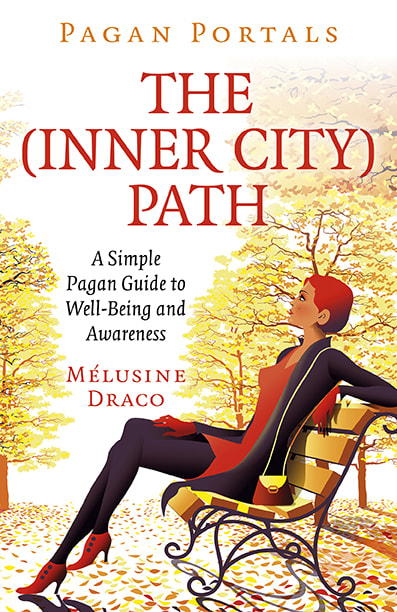
The (Inner-City) Path: A Gleaning of the Seasons was inspired by Chet Raymo’s book of similar title that chronicled his own daily urban walk to work and observing the seasonal changes with a scientist’s curiosity. As often happens, I began thinking ‘what if’ there was a complementary book written from a pagan perspective for when we take to our local urban paths as part of our daily fitness regime or dog walk. And, as if arising from this external creative impulse The Path began to unravel in the mind’s eye … based on several urban walks that have merged together over the years to make a chapbook of the seasons and to offer a glimpse into the pagan mind-set that can ‘find mystery under every leaf and rock along the way’, or caught in the murmur of running water, and to act as a simple guide to achieving a sense of well-being and awareness so that even in the city’s throng we feel the freshness of the streams as per Longfellow’s ‘Prelude’ …
Generally speaking, witches and pagans come in all shapes and sizes from baby-boomers to millennials and each one is a product of their own generation, complete with all its fads, quirks, foibles and urban myths. By and large, for an older witch, a sense of well-being and awareness focuses on a need for inner harmony and being at peace with what they’ve achieved thus far in life, while looking forward to whatever challenges the future throws at them. For the younger variety, their sense of well-being and awareness is often preaching the gospel via social media (in all its many forms and contradictions) that has frequently made them appear less tolerant, more judgemental, and possibly a tad too obsessed with bodily functions. We are all a product of our Age … all as different as Nature intended … even town and city dwellers may have unconscious pagan leanings.
Nevertheless, we also know that Mother Nature is neither nor motherly and when she wants to cut up rough – she will, without a thought for anything, or anyone. In the guise of ‘the goddess’ she is usually seen as spending her days caring for her many children who inhabit and shape the landscape – often portrayed in trailing garments composed of lush plants, colorful flowers, and sinuous woody shapes. In most depictions she is meditative, embodying the spirit of the mythological ‘mother’ in Nature. In reality, humankind and nature can be said to be in conflict, since Nature is often seen by humans as natural resources to be exploited; while Nature will wipe out hundreds of humans with a shrug of the shoulder.
Getting back to Nature requires stripping away the anthropomorphism that causes us to interpret non-human things in terms of human characteristics. Derived from the Greek anthropos (meaning ‘human’) and morphe (‘form’), the term was first used to refer to the attribution of human physical or mental features to deities. According to Britannica, by the mid-19th century it had acquired the second, broader meaning of a phenomenon occurring not only in religion but in all areas of human thought and action, including daily life, the arts, and even sciences. Anthropomorphism may occur consciously or unconsciously and most scholars since the time of the English philosopher Francis Bacon (1561–1626) have agreed that although the tendency to anthropomorphise hinders the understanding of the world, it is deep-seated and persistent. But is it so wrong to consider all living, growing things as sentient beings?
The Path we regularly take when out for a daily walk has its own welcoming ambiance and if we feel as though we’re being swamped with negative emotions, we know it can be helpful to walk them off. In fact, a recent British health study showed that simply walking in green spaces induces a gentle state of meditation. Most of us live in urban areas and spend far less time outside in green, natural spaces than people did several generations ago but even a lunchtime stroll in the park may soothe the mind and, in the process, change the workings of our brain in ways that improve our mental health. Whatever the weather, walking in Nature is not only good for our heart and fitness levels, but according to numerous studies it has measurable mental benefits and may also reduce the risk of depression. In addition to promoting mental health, nature group walks also ‘appear to mitigate the effects of stressful life events on perceived stress and negative affects while synergizing with physical activity to improve positive affects and mental wellbeing’, the researchers wrote in the Researchgate study abstract.
‘Wellness’ entered the pagan lexicon with the advent of Mind, Body & Spirit magazine publishing in the 1980s when it was generally used to mean ‘a state beyond the absence ofillness’ and aimed at promoting a sense of well-being. It quickly became an umbrella term for pseudo-scientific mumbo-jumbo and alternative health movements - becoming the defining spirit or mood of the 2000s as reflected by the ideas and beliefs of the time. All of which promoted journalist Hadley Freeman to write in the Guardian as early as 2015: ‘Pseudoscience and strawberries: ‘wellness’ gurus should carry a health warning’. It’s easy to mock wellness bloggers and their fattening apples, but their uneducated bletherings about food and health are, at best, irresponsible and, at heart, immoral. They’re right: what we eat is important, which is why it’s important that people with qualifications beyond an Instagram account educate us about it.
Nevertheless, a considerable amount of traditional witchcraft/ paganism revolves around natural folk-cures and herbal remedies, with much of it having been handed down by grandparents and elderly neighbours in rural communities. Foraging was part of growing up and knowing when and where in the country calendar certain delicacies could be found; and who, as a rural child experienced the bliss of gorging themselves on wild, woodland strawberries, has ever forgotten that exquisite taste? Or returning home with fingers and mouths stained purple from picking blackberries by the bushel as part of a school-dinners project?
‘Awareness’ is an even more recent innovation commonly used in reference to public knowledge or understanding of social or political issues. It is synonymous with public involvement and advocacy in support of certain causes or movements; or concern about and a well-informed interest in a particular situation or development. Awareness in the spiritual sense is harder to describe in intellectual terms but on a basic level it can refer to a mental state achieved by focusing our awareness on the present moment, while calmly acknowledging and accepting
our feelings, thoughts, and bodily sensations ... Awareness can mean different things and the first steps we can take on the pagan path is to become aware of the everyday world of Nature that surrounds us … even in the city’s throng …
Several decades ago, it was agreed that if it was to survive, witchcraft had to move with the times and although there was a romantic appeal in returning to the Old Ways, it was not always
practical. In the years since the repeal of the Witchcraft Act in 1951, the Craft has evolved in many separate ways and when something evolves, it changes, or develops over time and much can be lost in the process: like our taste in music and literature, which transforms as we get older, and generally changes from one generation to the next. And yet … some things never change.
American photographer Frances F. Denny attempted to explore the figure of the contemporary witch beyond the cultural chestnuts that have shrouded and obscured it for Elle magazine: The muddled stereotypes that surround witches nowadays are, in the end, not so very different from those used to define that perennial problem: woman. Her subjects are of diverse age, social class, and ethnicity, and practice a range of rituals, often drawing on ‘mysticism, engagement with the occult, politically oriented activism, polytheism, ritualized ‘spellwork’ and plant-based healing.
Denny asked the women she photographed for the series to wear an outfit or bring along an item that they felt would represent their practice and identity as witches, and as a result: ‘…some of the portraits do answer more readily to our expectations of what a witch might look like. They brandish mysterious implements - a crystal ball, a bow and arrow, a wooden staff; one woman reclines, entwined with a snake - and most are dressed in black. There was an immense theatricality…’
Nevertheless, the ‘witch’ has firmly entered the 21st-century zeitgeist as a figure akin to a synergetic composite of Burne-Jones in the terminal stages of the Pre-Raphaelite movement, Guinevere, of Arthurian romance, and Daenerys Stormborn from Game of Thrones – reflecting the general intellectual, moral, and cultural climate of the era. All of which appears to be an out-and-out attempt to make a statement and stand out from the crowd when our forebears would have done everything in their power to blend in with their neighbours! But it’s not always like that … since many traditional witches have learned the art of blending in.
Within esoteric circles the term ‘path’ is often used to refer to the spiritual journey that many of us take as part of our esoteric learning. In this book The Path is a series of gentle mental exercises to limber up the ‘spiritual vagabond’ part of our makeup before we embark on a much more challenging adventure as we metamorphose from embryonic pagan to fully-fledged witch. It helps if we get into a mind-set that plays a critical role in how we cope with life’s new challenges regardless of age or background and imbues us with a hunger for learning about the natural world around us. A pagan mindset is also about living up to our possible potential and who knows how far we can go if we set our mind to it - believing that the effort that goes into
learning and deepening our understanding is well worth all the toil and trouble as we chart our way through the seasons.
For example: most of us overlook a bountiful food supply, one that satisfies us personally and, in a very small way, may benefit us financially: the wild larder. We have become so out of touch with food that we no longer recognize wild ingredients as something we can utilize for sheer enjoyment. Foraging puts us back in touch with nature and introduces us to new tastes we can use creatively. Gathering wild leaves and fruits is not the sole preserve of the country dweller as even a touch of wild garlic can enhance urban cooking.
It now becomes obvious why ‘gleaning’ was chosen as part of the title for The (Inner-City) Path: A Gleaning of the Seasons because it means to collect information in small amounts and often with difficulty. The conditions of farm workers in the 1890s made gleaning essential because it was the act of collecting leftover crops from farmers’ fields after they have been commercially harvested, or on fields where it was not economically profitable to harvest. In other words, we are picking up bits and pieces of information to add to our meager store of knowledge in order to supplement our life-style and its modern links with the natural world. And A Simple Guide to Well-Being & Awareness … well, as Dryden wrote: ‘what herbs and Simples grow/ In fields and forests,/ all their powers I know’ when referring to using a single herb or plant in a medicinal way.
And it is at this point we step out onto The Path … and a return to a pagan sense of well-being and awareness … and a feeling of wonder in everyday life.
Pagan Portals: The (Inner-City) Path by Melusine Draco is published by Moon Books ISBN 978 1 78904 464 5 : 78-pages : UK£6.99/US$10.95. Available in paperback and e-book format www.moon-books.net
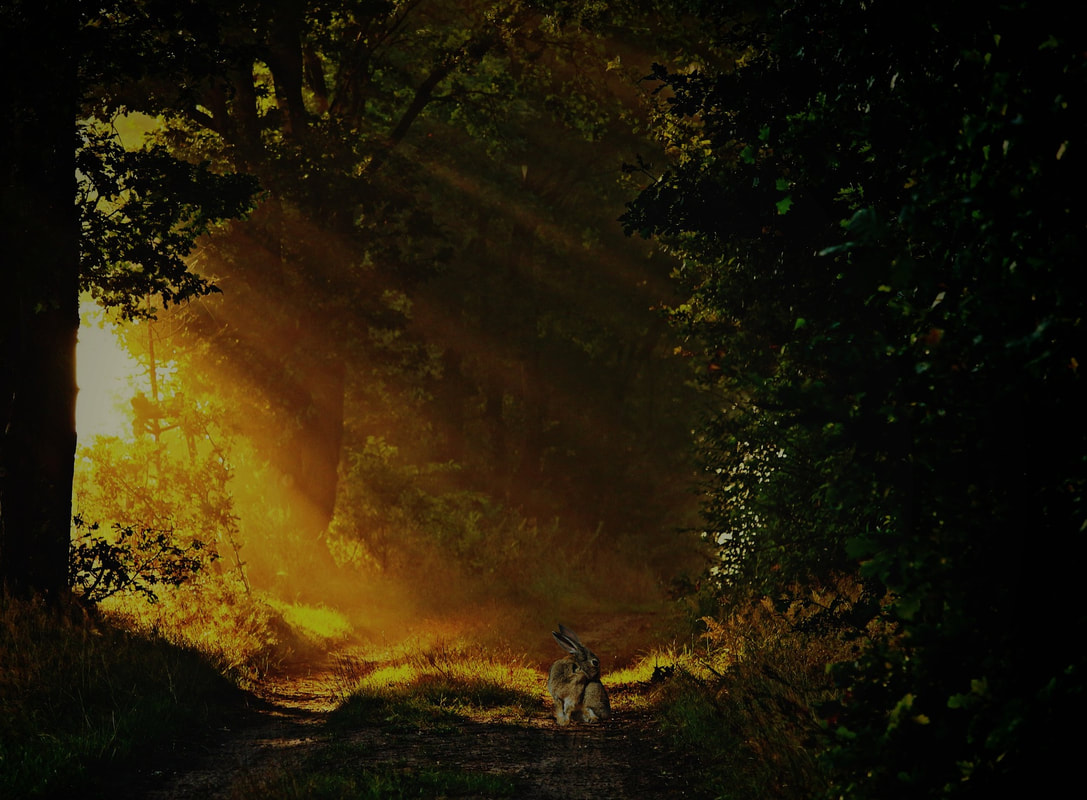
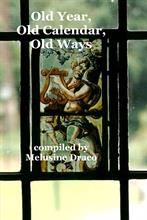
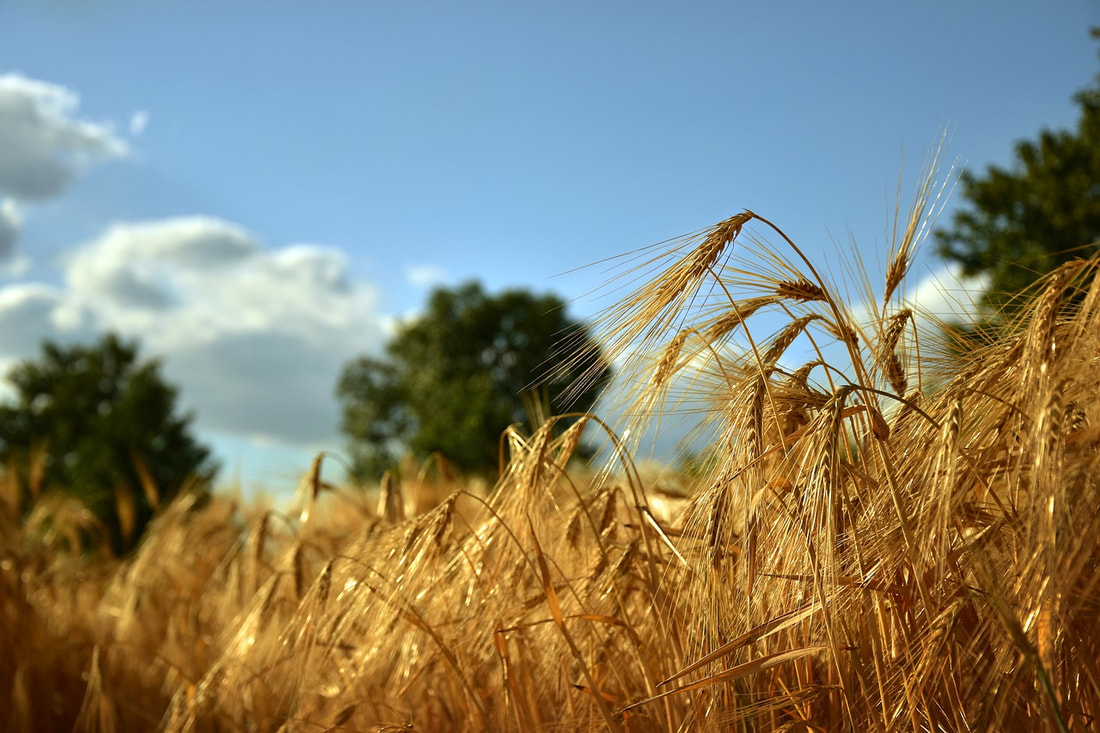
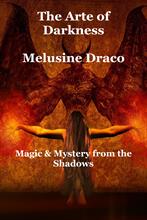
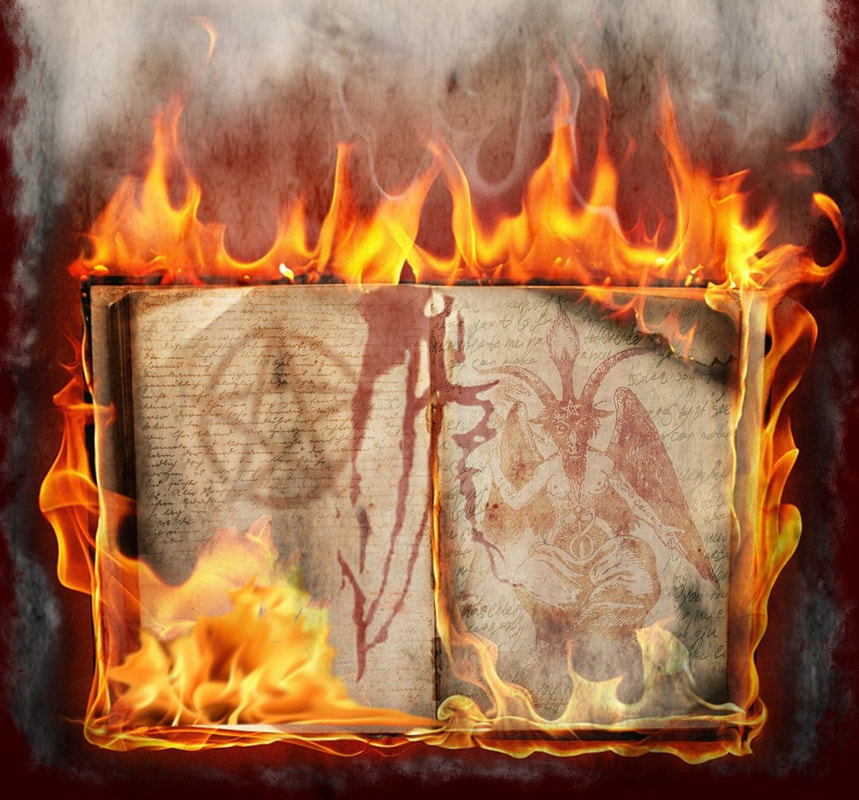
 RSS Feed
RSS Feed